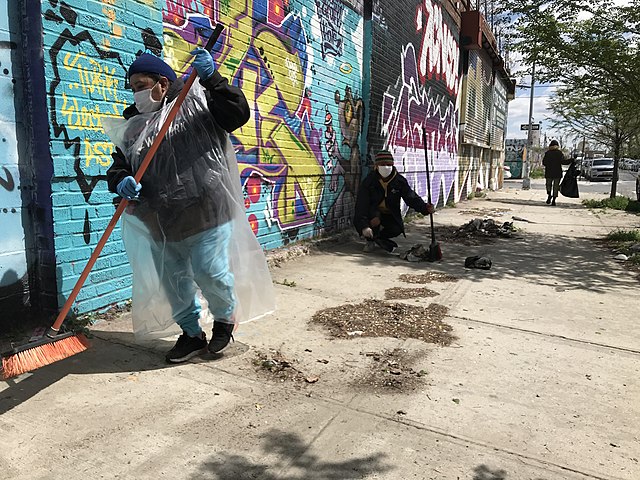Soil, also commonly referred to as earth or dirt, is a mixture of organic matter, minerals, gases, liquids, and organisms that together support the life of plants and soil organisms. Some scientific definitions distinguish dirt from soil by restricting the former term specifically to displaced soil.
Surface-water-gley developed in glacial till in Northern Ireland
Soil measuring and surveying device
A, B, and C represent the soil profile, a notation firstly coined by Vasily Dokuchaev (1846–1903), the father of pedology. Here, A is the topsoil; B is a regolith; C is a saprolite (a less-weathered regolith); the bottom-most layer represents the bedrock.
A soil texture triangle plot is a visual representation of the proportions of sand, silt, and clay in a soil sample.
Dirt is any matter considered unclean, especially when in contact with a person's clothes, skin, or possessions. In such cases, they are said to become dirty.
Common types of dirt include:Debris: scattered pieces of waste or remains
Dust: a general powder of organic or mineral matter
Filth: foul matter such as excrement
Grime: a black, ingrained dust such as soot
Soil: the mix of clay, sand, and humus which lies on top of bedrock. The term 'soil' may be used to refer to unwanted substances or dirt that are deposited onto surfaces such as clothing.
The great dust heap of London at Battle Bridge in 1836, next to the Smallpox Hospital
Dirty Dicks is a Bishopsgate pub named after Dirty Dick, who once owned it and was notoriously filthy.
Dirt-covered sidewalk in Brooklyn, NYC being swept during a community clean-up







